Why We Test Clay Plasticity: Make Field Problems Predictable
We turn clay behavior from guesswork into reliable data: we show step-by-step tests that make field problems predictable. Shocking fact: a small clay change can blitz a foundation — we help you measure, control, and design with confidence every time.
What We'll Need
We’ll need:
Clay Lumps Test for Fine Aggregates: Step-by-Step Procedure
Step 1: Collect and Prepare Representative Clay Samples
Are we sampling like pros or amateurs? One small mistake wrecks all later tests.Collect representative samples from planned locations—take both undisturbed (e.g., Shelby tubes or block samples for structure-sensitive tests) and disturbed/bulk samples (hand auger or shovel) for routine plasticity tests. Record in‑situ moisture, depth, GPS, and any layering as you sample.
Avoid contamination: keep tools clean, use stainless-steel or plastic scoops, and transport cores upright. Trim cores with a knife; place specimens in labeled, airtight containers or zip bags and refrigerate if heat is an issue. Take duplicate samples for QA. Note visible organics (dark fibrous matter) or calcareous fragments—these change plasticity.
Prepare for testing: air‑dry only to a workable consistency, gently break aggregates with fingers or a rubber mallet, pass material through a 2 mm sieve, then equilibrate moisture in sealed bags or a humidity cabinet until repeatable test moisture is reached.
Step 2: Measure Atterberg Limits — Liquid and Plastic Limits
Think these tests are old-school? They reveal the clay’s personality better than fancy gadgets.Prepare a homogenous sample passing 2 mm and equilibrate moisture.
Perform the liquid limit (Casagrande cup):
Alternatively perform the fall‑cone per ASTM/BS:
Roll threads for the plastic limit:
Calculate PI = LL − PL.
Watch for errors: avoid overmixing, control temperature, and expect repeatability within ±2% moisture as a quick check.
Step 3: Calculate Plasticity Index and Classify the Clay
PI isn’t just a number — it’s our roadmap for predicting shrink, strength, and handling.Calculate PI = LL − PL and interpret the value. Plot LL on the horizontal axis and PI on the vertical axis of the Casagrande plasticity chart; locate the point relative to the A‑line to assign USCS groups (e.g., CL, CH, ML). For example, LL=55%, PL=25% → PI=30% → point above A‑line → CH (high‑plasticity clay).
Estimate clay activity = PI / (% <2 µm). Use thresholds:
Watch for engineering flags: high PI = swelling, high compressibility, poor workability. Order mineralogy (XRD) if PI or activity is unexpectedly high. Report PI uncertainty (mean ± SD); repeat tests when repeats differ by > ±2% moisture or results contradict field behavior.
Step 4: Use Supplemental Tests — Moisture Content, Shrinkage, and Consistency
Want accurate shrink-swell forecasts? A few extra tests make our predictions much sharper.Determine moisture content by oven‑drying: weigh sample to 0.01 g, dry at 105 ± 5°C until mass is constant (reweigh after 1–2 hr; repeat until change <0.01 g). Record wet and dry mass and calculate percent moisture.
Perform shrinkage checks: cast a uniform pat or small mold (e.g., 30–40 mm diameter), dry flat and measure linear shrinkage = (wet dimension − dry dimension)/wet dimension ×100. Run a shrinkage‑limit test or simple free‑dry shrinkage for rapid screening.
Measure consistency with a pocket penetrometer or small vane shear for correlation to field feel. Compute consistency index Ic = (LL − w)/(LL − PL) to locate in‑situ stiffness. Run a simple swell test (free swell volume increase in water, report % swell).
Practical notes:
Step 5: Calibrate Instruments and Ensure QA/QC
Small calibration slips create big errors — we protect our data with disciplined QC.Calibrate balances weekly with NIST‑traceable weights (1 g, 10 g, 100 g); flag drift >0.02 g for service.
Check ovens monthly with a calibrated thermometer and log temperatures during dries to maintain 105 ± 5°C.
Verify Casagrande apparatus before each session: confirm groove dimensions, drop height, and smooth pivot using a calibration block or reference soil.
Calibrate penetrometers against standard springs/blocks monthly and before series runs.
Run duplicates and blanks with every batch; aim for duplicates within ±2% moisture or ±2 LL/PL units.
Use control charts (X̄‑R) with warning/action limits and review trends weekly.
Document chain‑of‑custody with timestamps and signatures.
Record anomalies in the lab notebook and rerun tests when results exceed control limits or instrument checks fail.
Estimate measurement uncertainty (instrument + repeatability + sampling) and report plasticity as, for example, LL = 45 ± 2 (95% CI).
Step 6: Interpret Results and Write a Practical Lab Report
How do we turn numbers into actionable recommendations the site team can use?Interpret results and write a compact, actionable lab report. Include:
Write example findings: “High PI (35) — highly plastic; recommend over‑excavation or stabilization.”
Tailor wording: give engineers detailed numbers; give contractors clear actions. Archive samples/data and request follow‑ups for borderline or inconsistent results.
Ready to Run Reliable Clay Tests
We’ve outlined a practical six-step workflow from sampling to reporting that keeps our clay plasticity results robust and actionable, helping us reduce surprises in the field and present clear recommendations—are we ready to apply these methods on our next project?

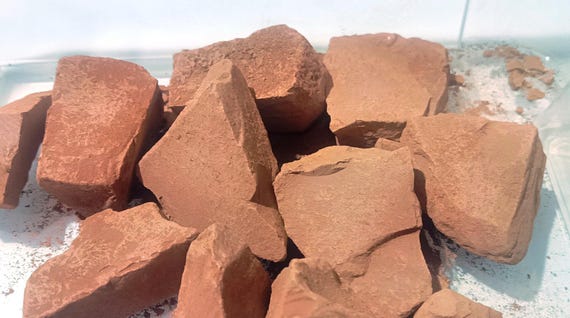
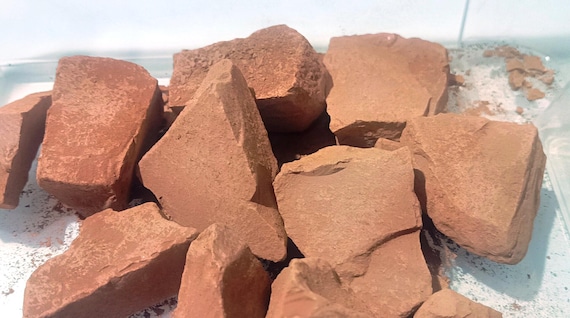
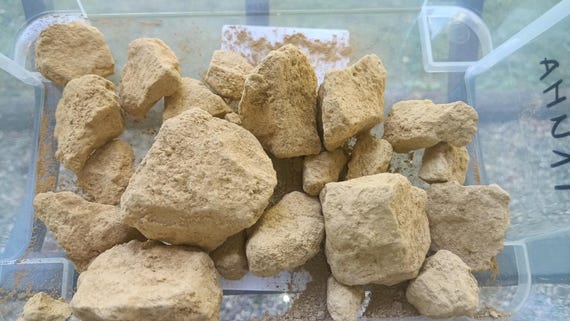
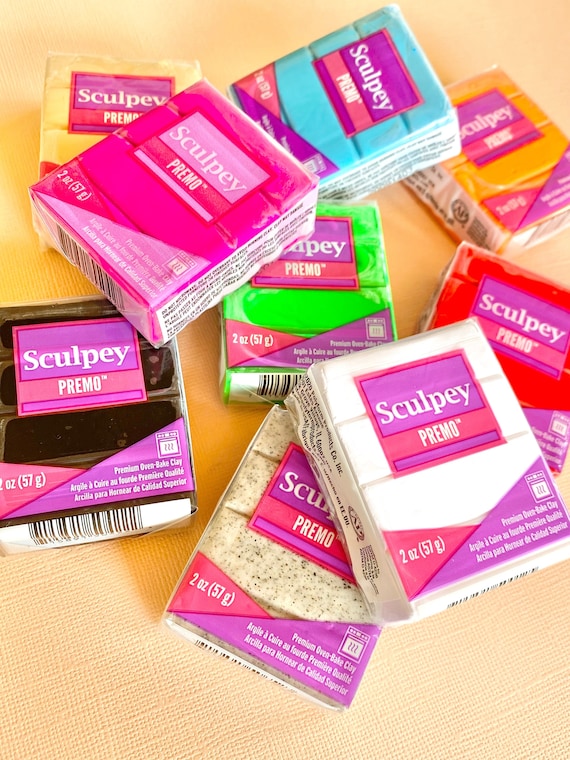
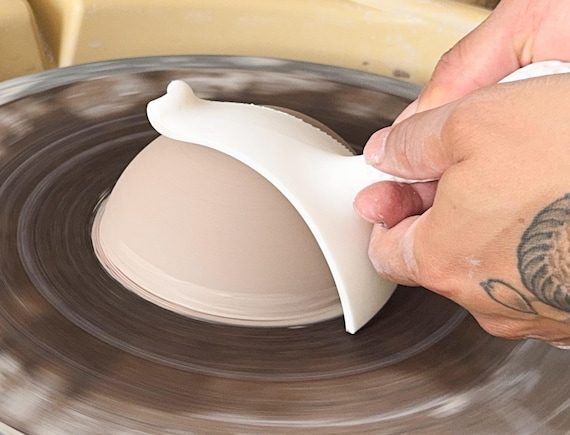



Love the emphasis on QA/QC in Step 5.
Calibration saved me from months of bad data once. But the guide could use a recommended cal schedule — daily checks for the moisture balance and weekly for the casagrande cup? What’s your routine?
Either way, practical and useful.
Thanks Marcus — we generally recommend daily zero/checks for balances and routine verification with standards weekly or before a heavy testing run. For the Casagrande apparatus, check the drop height and groove closure before each test day.
We tag instruments with the last cal date so techs know at a glance. Case studies in the guide could add more on record-keeping though.
I do quick daily checks and a full calibration weekly. Saved time and weird results. Also log everything — never trust memory 😅
Good point Diego — we’ll include an instrument log template in the next update. Thanks for the suggestion!
Constructive feedback: the guide is thorough for lab work, but could emphasize linking lab results back to site performance more. Engineers often want ‘so what’ — how PI changes affect bearing capacity or swelling potential in plain language.
A couple of case examples showing how lab PI predicted a problem (or didn’t) would be instructive.
Great point. We aimed to keep the guide lab-focused but adding a ‘field implications’ subsection in Step 6 is a good addition — we’ll work on practical notes tying PI ranges to likely field behaviors.
Helpful guide — short note: always use gloves and eye protection when handling chemicals or drying samples. Also label everything clearly. 👍
Good point — also keep SDS sheets accessible for any reagents.
And ventilation for the oven area if you heat contaminated samples. Smells can be awful 😷
Safety first — thanks for stressing that. We’ll add a brief safety checklist for common lab hazards in the intro.
The supplemental tests section was really helpful — I had forgotten how shrinkage ties into moisture content.
One tiny nit: you wrote ‘moister’ instead of ‘moisture’ in Step 4 (typo!). Also, anyone else use oven-dry at 105°C vs 110°C? What’s the standard now? 🤔
Also remember oven calibration. I once had a dud oven 10°C off and it messed up moisture data for weeks 😬
We stick to 105°C. 110 felt a bit too aggressive for organics and some clays in my experience.
Thanks for the catch — we’ll correct that typo. Regarding oven temperatures, ASTM recommends 105°C ± 5°C for moisture content in many tests; consistency with the chosen standard is key.
Good comments — we’ll add explicit references to the relevant standards and recommended temp ranges in the supplemental tests section.
Depends on the standard you follow (ASTM vs local codes). Mention that in reports so auditors know what you used.
Really appreciate the section on PI calculation and classification.
In my region (NW US) we see clays with moderate PI that still cause issues due to seasonal wetting. The guide’s classification is great, but: when writing the lab report, I always add a short paragraph about expected seasonal behavior and recommend monitoring if PI is borderline.
That small note helps project managers make better calls.
Excellent practice — contextual notes like seasonal behavior help bridge lab data and risk management. We’ll add a template sentence for borderline PI cases in the next version.
Yes — and include recommended mitigation options (e.g., drainage) when you flag potential seasonal problems.
Sometimes an extra recommended test (suction or oedometer) for borderline cases is warranted — mention that as a follow-up option.
Good step-by-step. Wondering about equipment costs for a small practice — any recommended starter kit for Atterberg, moisture balance, and basic QA/QC without breaking the bank?
For small labs: basic Casagrande/rolling setup, a reliable precision balance, and a moisture oven/balance are the core. You can start with mid-range brands and upgrade later; proper calibration weights and a tray oven will run you less than a full automated setup.
Consider a lab partnership for larger tests to avoid capital outlay early on.
Also factor in consumables (grooves, drying dishes, gloves) and time — manual tests cost labor which is sometimes overlooked.
Buy second-hand Casagrande apparatus in good condition — often a fraction of new cost and still works fine if checked.
Nice write-up. One thing I run into: collecting representative samples in a site with thin interbedded clays and silts. Any tips on compositing vs. testing layers separately? The guide touched on sampling but I’d love specifics.
When layers are thin but behave differently, test separately if the layers will influence design or construction differently. Composite only if layers are similar and field conditions justify it; always document the rationale.
If in doubt, test both. More data > guesswork.
“Ready to Run Reliable Clay Tests” — famous last words 😂
You need at least 10 practice runs to stop fumbling with the Casagrande cup. Guide should have a ‘common newbie mistakes’ list.
Practice helps, but documenting each run’s anomalies is what really accelerates learning.
Agreed — a ‘common pitfalls’ checklist is useful. We’ll add tips like consistent groove cutting, correct drop count, and avoiding over-drying samples.
Clay: the diva of soils. Tests one day, throws a tantrum the next. 😂
Serious note — the step on interpreting PI and clay class is gold, but maybe add a quick cheat-sheet for field engineers who don’t want to flip through charts.
Ha — we like that analogy. A compact field cheat-sheet is a great idea; we’ll consider adding a printable pocket guide in the next release.
Yes, a laminated pocket card with PI ranges and quick implications would be super handy on-site.
Great guide — clear steps for Atterberg tests. Quick question: for the thread test when determining plastic limit, do you recommend doing it with slightly damp gloves or bare hands? I’m worried the oils from skin might affect the result.
Good question — either works but be consistent. If you use gloves, use powder-free nitrile and note it in the report. Oils can affect very sensitive samples, so gloves are safer for repeatability.
I always do gloves in the lab. Cleaner and less icky. Also reduces contamination when switching between samples.
Agree with gloves. If you must use hands, wash with a neutral soap and dry thoroughly between samples.
Solid guide. I’m particularly interested in Step 6 — do you have a lab report template or recommended sections? I often struggle with how much field context to include vs just the lab numbers.
Don’t forget to attach raw data logs (balances, calibration checks) as appendices for traceability.
Include photos of samples and sampling locations — they help when revisiting old reports months later.
We do use a template internally: summary, sample ID + chain-of-custody, test methods + standards, results (tables), QA/QC notes, interpretation, and recommendations. Include enough field context to explain why the tests were done and any non-standard sampling.
Thanks for the detailed methods. I’m curious about repeatability: how many replicates do you recommend to calculate a meaningful standard deviation for LL/PL? Also, should we report SD in the final table or just the mean and note variability in comments?
Don’t forget to flag outliers with a reason (contamination, wrong sample) rather than just discarding them silently.
Three is the practical minimum. For critical projects, 5 replicates or additional methods (e.g., fall cone test) help confirm results.
Also include control samples to track lab precision over time — helps identify drift or technique issues.
Typically 3 replicates is standard for LL/PL to check repeatability, with more if variability is high. Reporting mean ± standard deviation in the results table is transparent; if SD is large, include an explanation in the QA/QC notes.
Note that for PL (hand-rolling), operator variability can be large — training and cross-checks between techs are important.